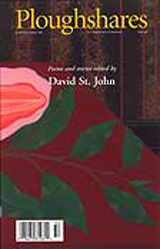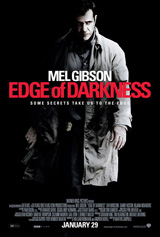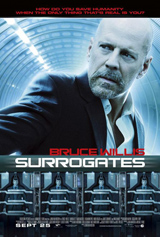Mots Justes is nearing the end of its ongoing series on commas. Just a few more posts on this multitasking punctuation mark, and we’ll move on to the elegant semicolon, I promise!
Always use a comma to set off an absolute phrase. An absolute phrase consists of a noun followed by a participle or participial phrase and modifies the whole sentence. It can appear at the beginning or end of a sentence, but in either case, use a comma:
Another heat wave threatening Southern California this week, I am seeking refuge during the day at Jeff’s office.
I dread early autumn in Los Angeles, September being the hottest month of the year here.
Don’t, however, use a comma to separate the noun from the participle in an absolute phrase—i.e., in the above examples, there should be no comma between heat wave and threatening or September and being.
Do you have a question about the comma? Let me know, and I’ll include it in a future installment of Mots Justes’ ongoing series.
The Mots Justes Series on Commas
Part I—To Serialize or Not to Serialize
Part X—Adjectival Phrases and Appositives
Part XII—Making the Transition
Resources
Hacker, Diana, The Bedford Handbook for Writers, 3rd ed. Boston: St. Martin’s Press: 1991.








Pingback: lunch hour links for writers – 9/23/09 « helluo librorum